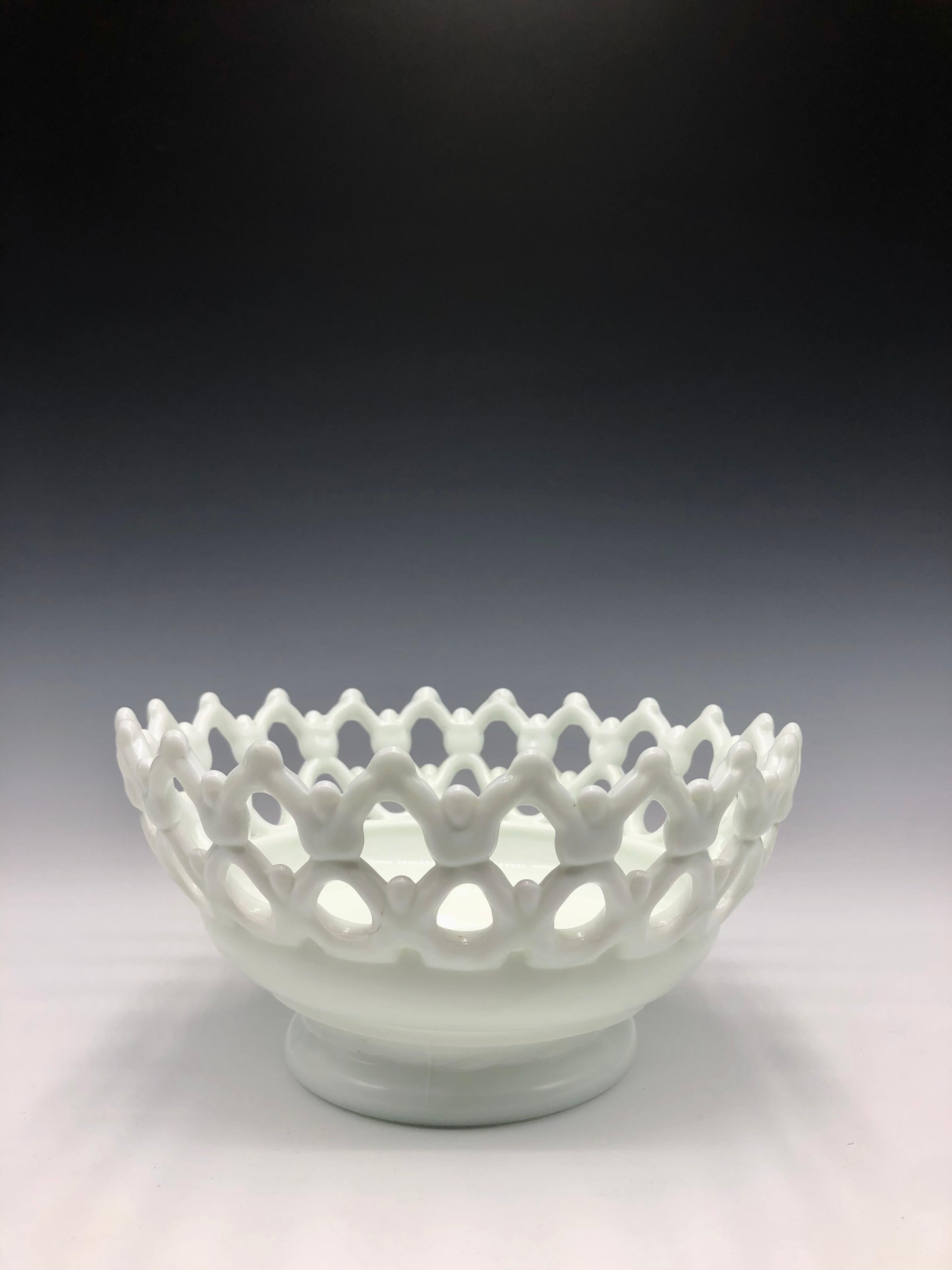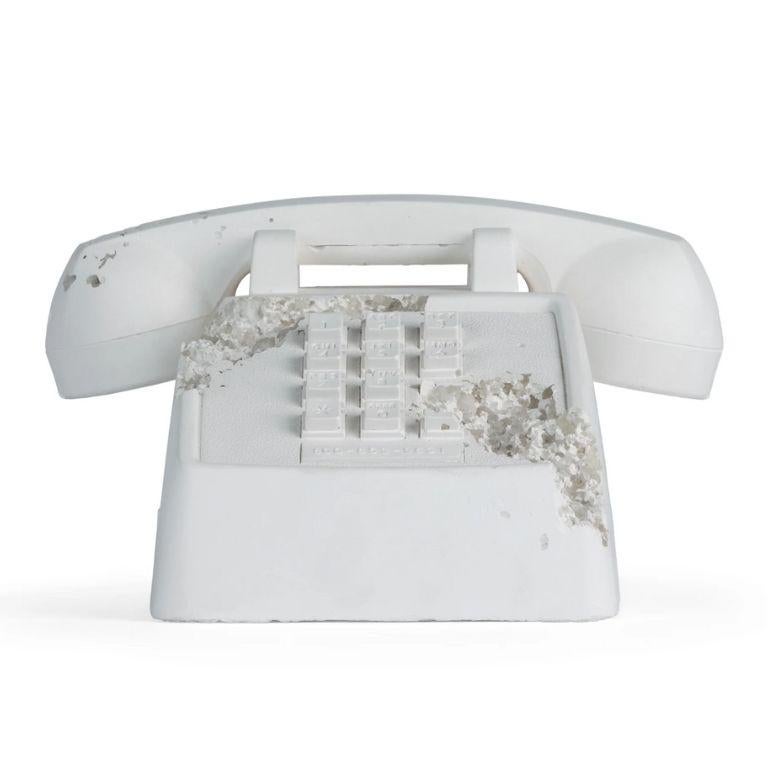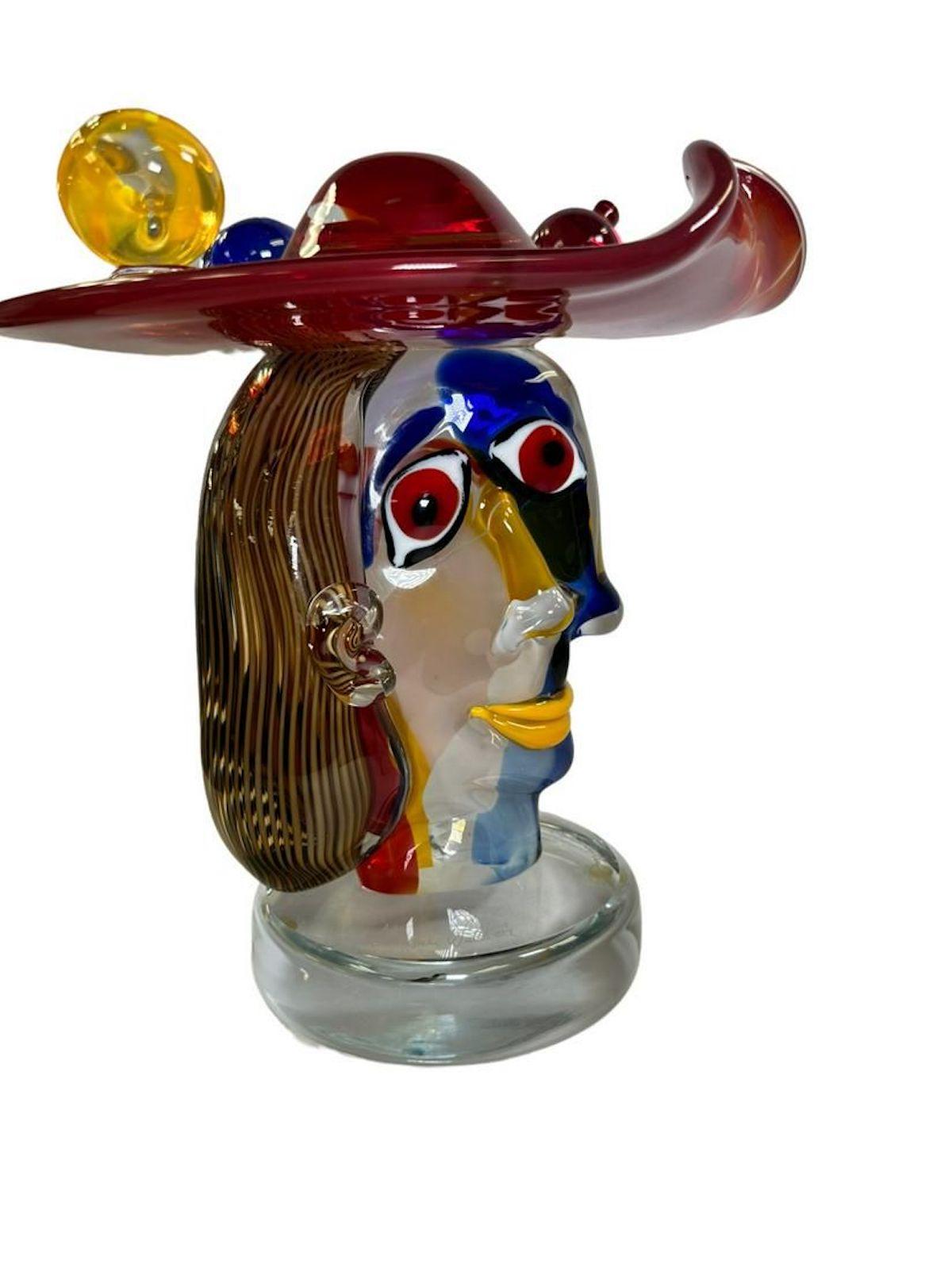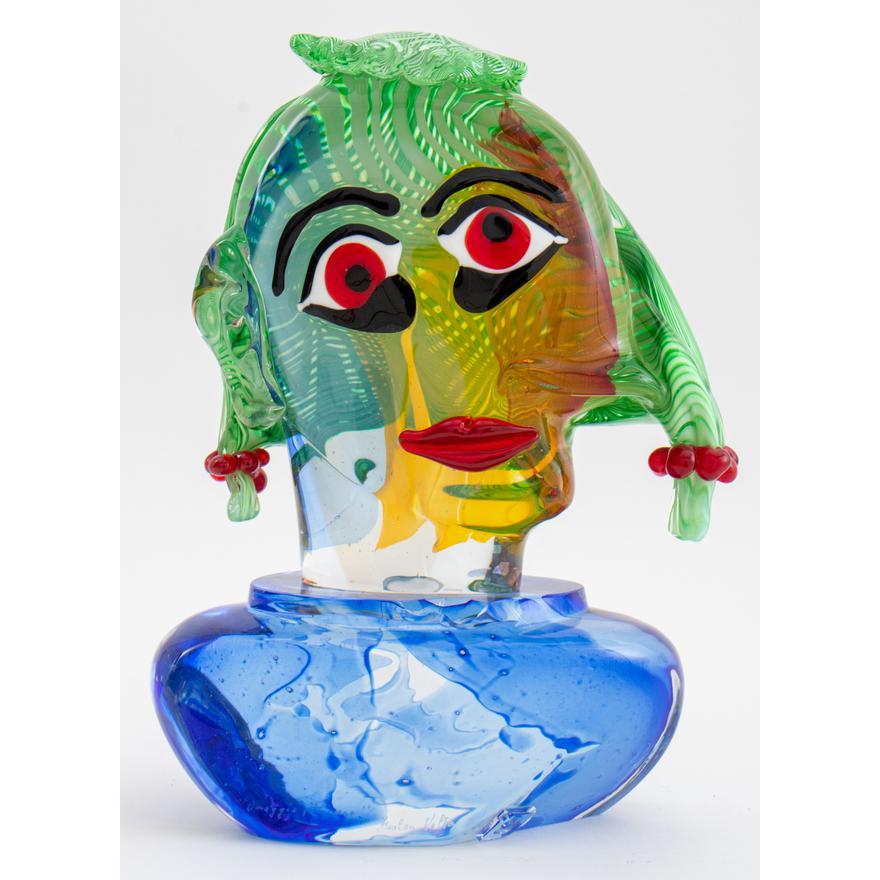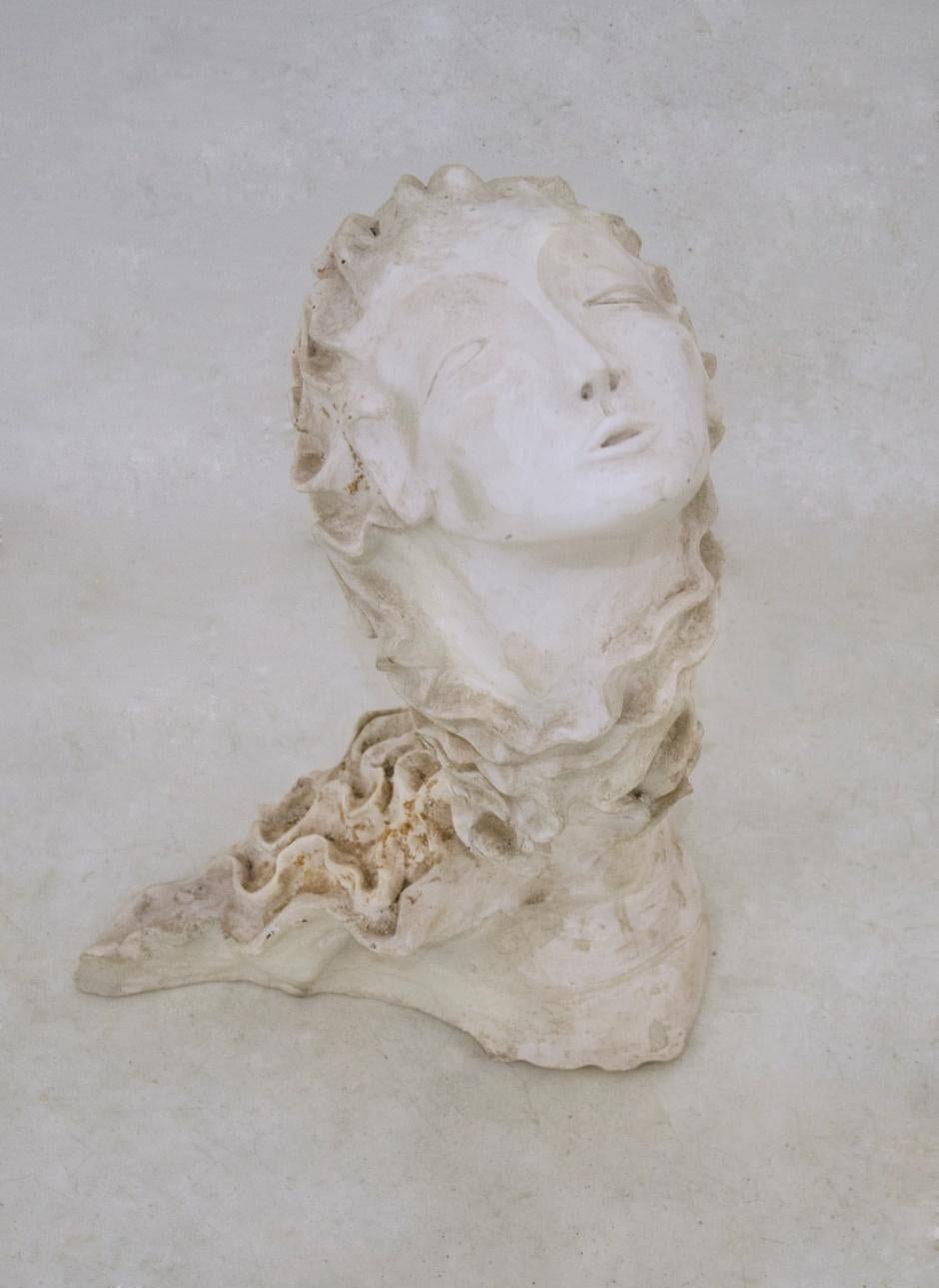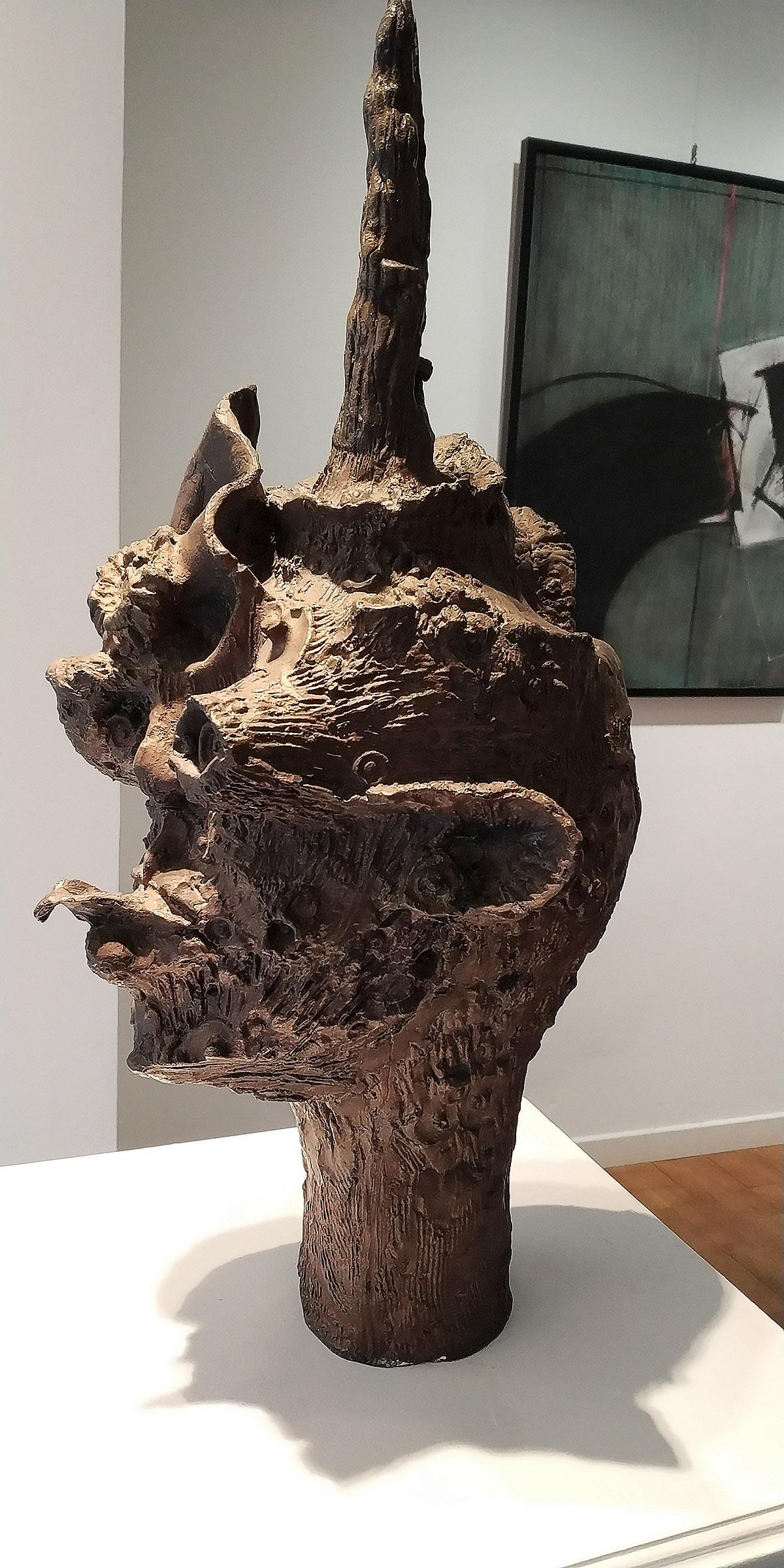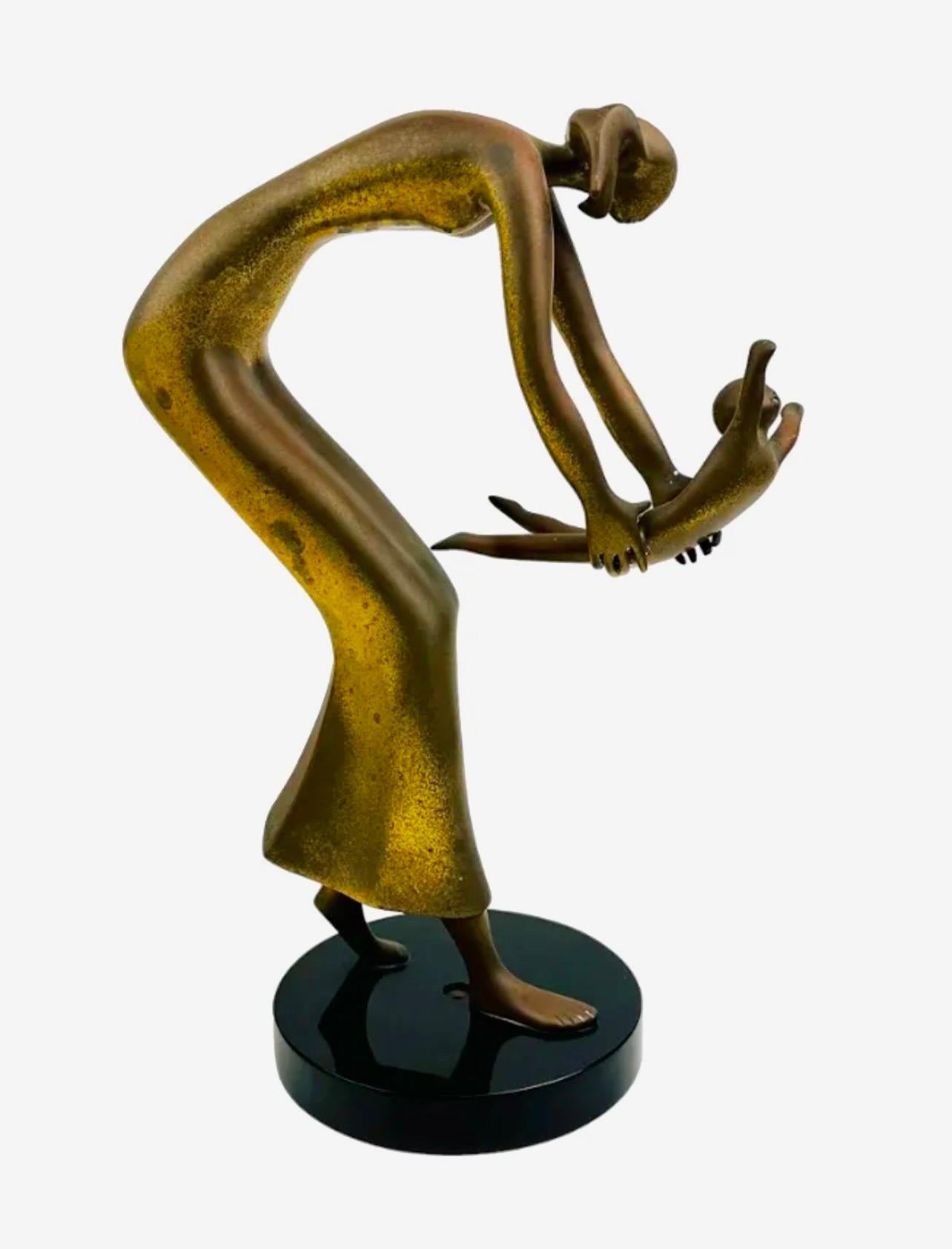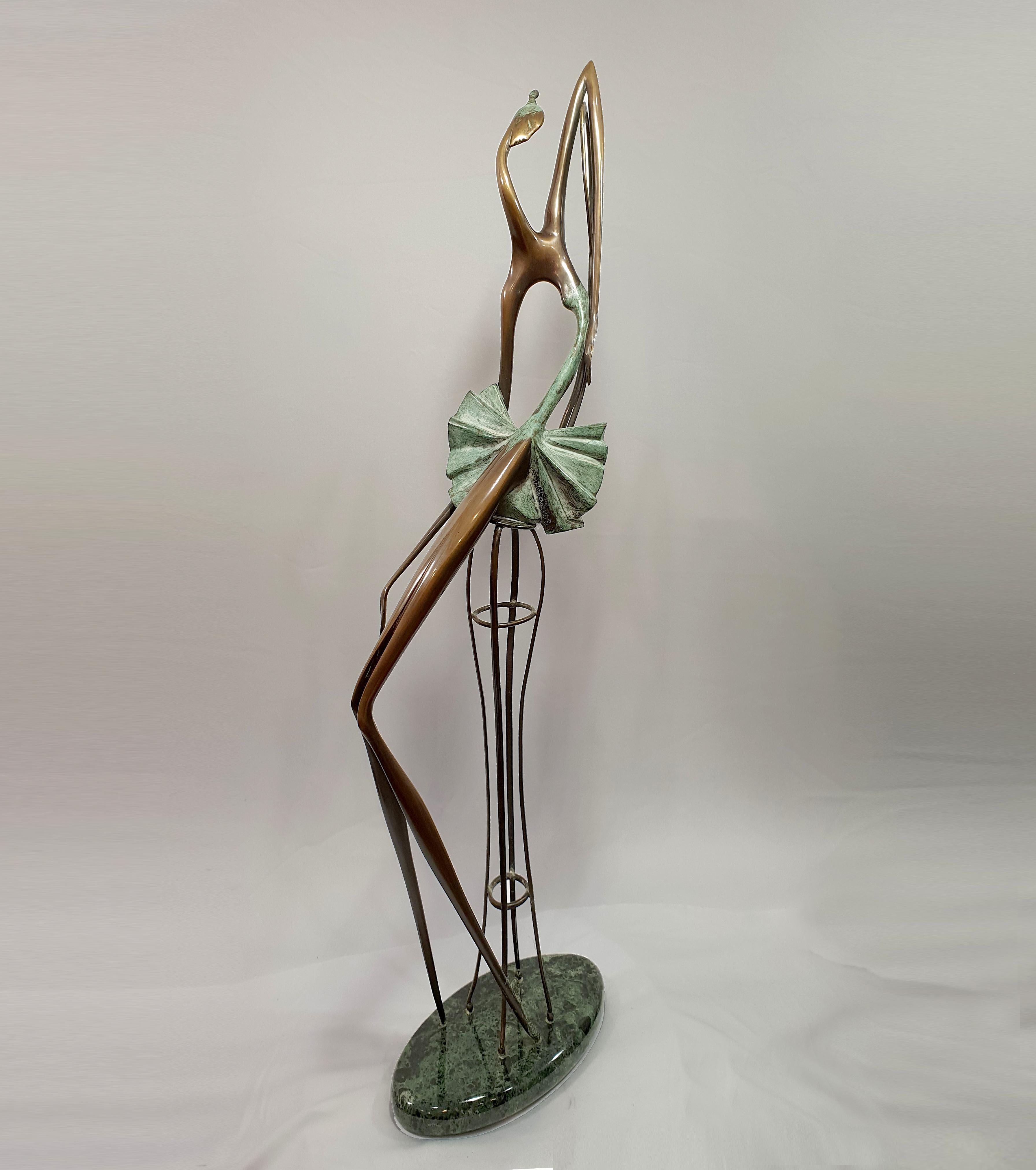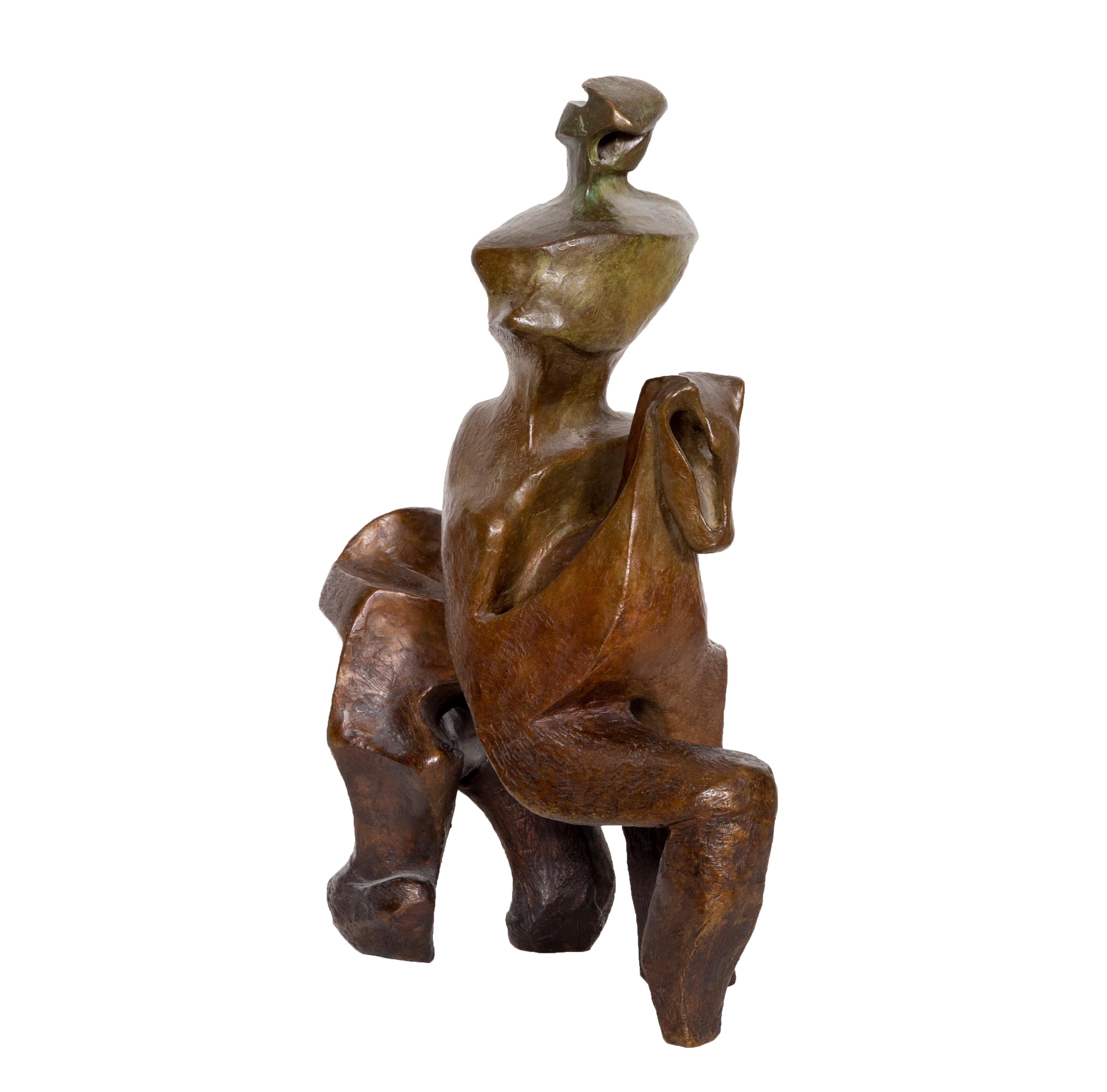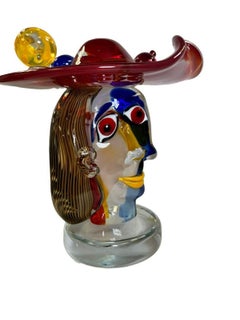
Horse Head Bust
View Similar Items
1 of 5
Pino SignorettoHorse Head Bust1997
1997
About the Item
- Creator:Pino Signoretto (1944 - 2017, Italian)
- Creation Year:1997
- Dimensions:Height: 24 in (60.96 cm)Width: 15 in (38.1 cm)Depth: 10 in (25.4 cm)
- Medium:
- Movement & Style:
- Period:
- Condition:
- Gallery Location:GT. BARRINGTON, MA
- Reference Number:1stDibs: LU51132625643
You May Also Like
- Vintage White Westmoreland Milk Glass Figurine BowlLocated in East Quogue, NYWhimsical white vintage 1960s Westmoreland milk glass bowl with figure-shaped lattice detail. Size: 4" tall x 8" diameter Great vintage condi...Category
1960s Modern Figurative Sculptures
MaterialsGlass
- Future Relic 05: TelephoneBy Daniel ArshamLocated in Miami, FLDaniel Arsham Future Relic 05: Telephone, 2016 Sold in mint condition - in original box with custom foam support and gloves. Plaster and crushed glass sculpture 4.7 x 8.5 x 9 in Edit...Category
2010s Modern Abstract Sculptures
MaterialsGlass, Plaster
- Omaggio To Picasso Murano Glass SculptureBy Walter FurlanLocated in Delray Beach, FLOmaggio To Picasso Murano Glass Sculpture Artist signed and titled. Walter Furlan was born (1931-2018) in Chioggia, a small town near Venice. ...Category
Early 2000s Modern Figurative Sculptures
MaterialsBlown Glass
- Blue Elephant Murano Glass SculptureBy Walter FurlanLocated in Delray Beach, FLBlue Elephant Artist signed and dated 23.3.2000 Walter Furlan was born (1931-2018) in Chioggia, a small town near Venice. He started to work in a furna...Category
Early 2000s Modern Figurative Sculptures
MaterialsBlown Glass
- Girl Tribute To Picasso Murano Glass SculptureBy Walter FurlanLocated in Delray Beach, FLGirl Omaggio a Picasso (Tribute to Picasso) Murano glass sculpture 15.5" H x 12" W x 5" D This work is accompanied by a certificate of authenticity signed by the artist. Signed, tit...Category
1980s Modern Figurative Sculptures
MaterialsBlown Glass
- The Test, Assembled Kinetic Modernist Sculpture Puzzle ConstructionBy William King (b.1925)Located in Surfside, FL"The Test," 1970 Aluminum sculpture in 5 parts. Artist's cipher and AP stamped into male figure, front, 20 5/16" x 12 1/2" x 6 5/7" (approx.) American sculptor King is most noted for his long-limbed figurative public art sculptures depicting people engaged in everyday activities such as reading or conversing. He created his busts and figures in a variety of materials, including clay, wood, metal, and textiles. William Dickey King was born in Jacksonville, Florida. As a boy, William made model airplanes and helped his father and older brother build furniture and boats. He came to New York, where he attended the Cooper Union and began selling his early sculptures even before he graduated. He later studied with the sculptor Milton Hebald and traveled to Italy on a Fulbright grant. Mr. King worked in clay, wood, bronze, vinyl, burlap and aluminum. He worked both big and small, from busts and toylike figures to large public art pieces depicting familiar human poses — a seated, cross-legged man reading; a Western couple (he in a cowboy hat, she in a long dress) holding hands; a tall man reaching down to tug along a recalcitrant little boy; a crowd of robotic-looking men walking in lock step. Mr. King’s work often reflected the times, taking on fashions and occasional politics. In the 1960s and 1970s, his work featuring African-American figures (including the activist Angela Davis, with hands cuffed behind her back) evoked his interest in civil rights. But for all its variation, what unified his work was a wry observer’s arched eyebrow, the pointed humor and witty rue of a fatalist. His figurative sculptures, often with long, spidery legs and an outlandishly skewed ratio of torso to appendages, use gestures and posture to suggest attitude and illustrate his own amusement with the unwieldiness of human physical equipment. His subjects included tennis players and gymnasts, dancers and musicians, and he managed to show appreciation of their physical gifts and comic delight at their contortions and costumery. His suit-wearing businessmen often appeared haughty or pompous; his other men could seem timid or perplexed or awkward. Oddly, or perhaps tellingly, he tended to depict women more reverentially, though in his portrayals of couples the fragility and tender comedy inherent in couplehood settled equally on both partners. His first solo exhibit took place in 1954 at the Alan Gallery in New York City. King was elected to the American Academy of Arts and Letters in 2003, and in 2007 the International Sculpture Center honored him with the Lifetime Achievement in Contemporary Sculpture Award. Mr. King’s work is in the collections of the Metropolitan Museum of Art, Guggenheim Museum, Whitney Museum and the Museum of Modern Art in New York and the Hirshorn Museum at the Smithsonian American Art Museum in Washington, among other places, and he had dozens of solo gallery shows in New York and elsewhere. Reviews of his exhibitions frequently began with the caveat that even though the work was funny, it was also serious, displaying superior technical skills, imaginative vision and the bolstering weight of a range of influences, from the ancient Etruscans to American folk art to 20th-century artists including Giacometti, Calder and Elie Nadelman. The New York Times critic Holland Cotter once described Mr. King’s sculpture as “comical-tragical-maniacal,” and “like Giacomettis conceived by John Cheever.”Category
1970s American Modern Figurative Sculptures
MaterialsMetal
